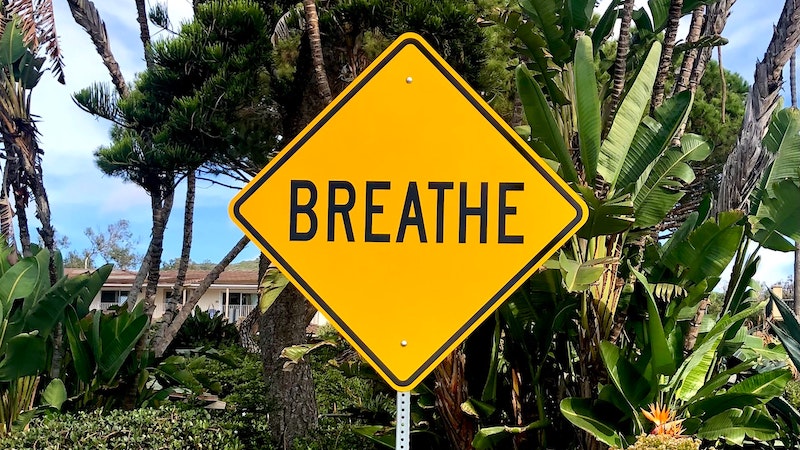Drama, Part Three: Breathe and Project
Episode #6 of the course How to write a great speech: Linguistics, drama, and rhetoric by K.C. Finn
It’s no good having a beautifully penned and well-spoken speech if nobody can hear you, right? If you’ve ever been told that your natural voice is too quiet, or that you need to learn to speak up without simply shouting into a microphone and deafening those around you, I’m about to impart some simple but extremely effective techniques to make your voice heard.
Lesson Six ends the Drama section of the course with a technique taken directly from stage acting and the world of musical theatre, in which we learn to project our voices. Projection is very different from shouting, and it’s an essential tool to make sure that you sound confident and can be heard clearly at your speech giving event.
Engage the Core
A lot of us have probably heard the phrase ‘core’ in relation to the muscles in our body, but it doesn’t always mean that we know where it is! In terms of breathing and projection, the core you’re looking for is at the front of your torso where your rib cage gives way to the upper stomach. This tiny area allows you to assess how much you’re using your diaphragm when you speak, so here’s how to find and engage with it:
• Place your hands over the section of your body where your chest ends, and your stomach starts (this is just above your actual stomach and just below your breasts/pectoral muscles).
• With your hands in place, tighten your abdominal muscles a little and stand up straight.
• Take a deep breath, and let out a very loud ‘HA!’ Do this three times.
• Each time, you should feel a set of muscles under your hand jumping as you speak. This is your core!
Exercise: Take some lines from your speech and put them somewhere you can see them without having to hold them up. As you read, hold onto your engaged core, and feel the moments where your muscles are working their hardest.
Pronounce Everything
Engaging the core is naturally enhanced by correct pronunciation, especially on the consonant sounds in our words. Not only does better pronunciation improve the clarity of your work, but it will make you louder without you even trying. In casual everyday speech we often slur the ends of words and blur them into one another, so make time to finish your words properly and see the results for yourself. But try not to take it too far – an over-pronounced word will sound just as unclear as a slurred one!
Exercise: Take those same lines you were working with before, and highlight strong consonant sounds, for example, ‘t’, ‘k’, ‘b’. With your core engaged again, make sure you really pronounce those words and feel the difference in your diaphragm as you do. These are the moments that will enhance projection by keeping your lungs full of air, so make sure there’s plenty of them in your speech.
Make Space to Breathe
To project, we need plenty of air in our lungs. An engaged core and improved pronunciation will naturally give you more air, but you still need to make time to breathe during your speech. The punctuation you use in your writing will be a good indication, but it’s not always necessary to take a huge breath at every full stop, and a small one at every comma. As with most things, practice makes perfect, and it’s up to you to find the right spots in your speech to take a breather.
Exercise: When you have a larger draft of your speech, you can start to look for places to breathe, using both punctuation and reading with projection. At this stage, you can add projection to any Rehearsal Reads that you’re doing whilst you continue to develop your voice ready for the big event.
In Lesson Seven, we move into the final course area: the art of Rhetoric. Now that you know what you want to say and how to say it, we’ll look at those professional finishing touches that make speeches into moments that listeners will treasure for a long time to come.
For now, engage those muscles and project your message loud and proud.
K.C.
Recommended resource
Further tips on breath control and projection can be found at this excellent resource.
Share with friends

